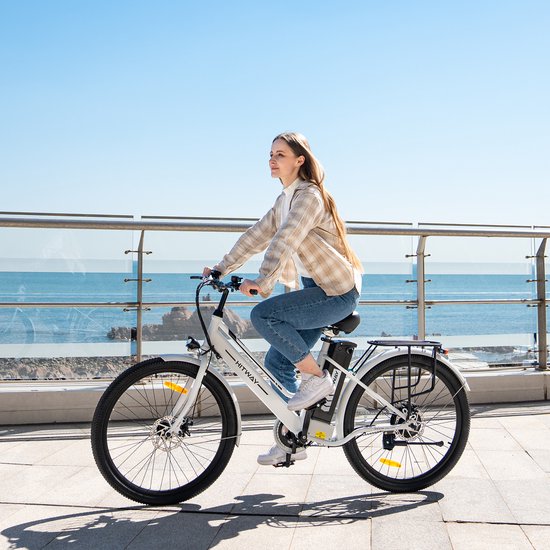What will public transport look like in the future? That's quickly becoming the big question, with OEMs, micromobility providers, transportation authorities and government officials all offering their version of the ultimate urban mobility vision. With all these parties, there is an unavoidable tug-of-war between innovation and regulation.
E-scooters: a shaky introduction
Take the explosive growth of e-scooters in urban mobility. New brands such as Voi, Tier, Lime, Bright and Bird suddenly appeared in every corner of the city. E-scooters, which are noiseless, zero-emissions and offer a technology-driven ride-sharing model, seemed like the ideal answer to most cities' traffic problems and emissions reduction goals. With their arrival, however, came a backlash, caused by concerns about pedestrian safety and irresponsible (and in some cases reckless) scooter behaviour.
The global pandemic is providing a catalyst for new mobility habits
Then came the global pandemic, an unforeseen development that had an equally unexpected impact on urban mobility. The onset of the pandemic, with its associated financial uncertainty, led to a wave of layoffs among some of the key micromobility players, such as Bird and Lime. Now, however, analysts are seeing new mobility trends emerging, reviving the e-scooter industry.
A July 2020 McKinsey report highlights that a US-based micromobility company has seen average travel distances increase by 26% since the start of the pandemic. In some cities, such as Detroit, this figure has increased by as much as 60%. Other players have also seen an increase in new scooter riders, repeat riders and ride duration, finding that the average scooter ride is more than 50% longer than before the pandemic.
New uses are driving demand for e-scooters
Cities have also seen a change in usage options driving e-scooter use. Due to hygiene and infections, many consumers have turned away from public transport and embraced micromobility as a safer way to get around the city. E-scooters have become popular modes of transport for essential workers, with some providers offering their services for free to transport healthcare workers to and from work. And cities have also started restructuring urban environments to create protected spaces for bicycles and scooters. Suddenly the value of e-scooters has become clearer, and we see them playing a central role in many cities' future mobility vision. It seems more likely than ever that e-scooters will play a role in shaping the future of urban mobility. The question then is, how do you, as an innovative micro-mobility company, ensure that you are part of it? 
The future of mobility is still up for grabs
For now, it seems that innovation and regulation can go hand in hand. City planners realize the benefits of e-scooters and want to redesign the urban landscape to accommodate micromobility users. On the innovative side, e-scooter manufacturers and other micromobility players must do their part to ensure they provide the necessary context for the success of their technology.
At Sefo, we believe that e-scooters will play a role in the future of mobility. And we have a long history of working with mobility companies to ensure their technology innovations are successfully deployed. One of the most important things we learned is the importance of providing context. In our experience, mobility manufacturers should keep three things in mind when developing new mobility technology:
-
View the product from the user's point of view . No mobility solution is used in a vacuum. Micromobility users have to deal with other scooters and bicycles, buses, trams, trains and pedestrians. Therefore, design the mobility solution with the entire transport ecosystem in mind. This means working with city planners and developers to create holistic micromobility solutions.
-
Test, test and test again . It's impossible to predict all the ways users will respond to your product. By testing early in the process, you can discover these unexpected reactions and adjust your product accordingly.
-
Help your customers understand the value of your product . Education is a critical part of bringing new technologies to market.
- And most importantly, be quick, be brave, and have fun creating . The future of micromobility waits for no one.



Leave a comment
This site is protected by reCAPTCHA and the Google Privacy Policy and Terms of Service apply.